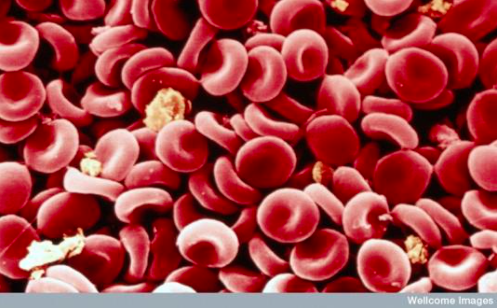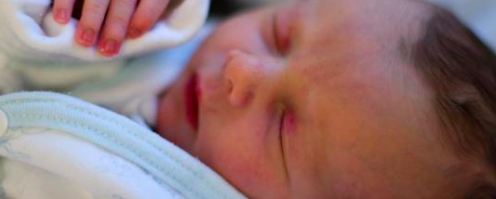The New York Times, October 24, 2013
Around 1.8 million years ago, human evolution passed a milestone. Our ancestors before then were little more than bipedal apes. Those so-called hominids had chimpanzee-size bodies and brains, and they still had adaptations in their limbs for climbing trees. But the fossils of hominids from 1.8 to 1.5 million years ago are different. They had bigger brains, flatter faces and upright bodies better suited to walking.
Their geography changed, too. While earlier hominid fossils have only been found in Africa, the newer ones also turn up at sites stretching across Asia, from the Republic of Georgia all the way to Indonesia.
Continue reading “Christening the Earliest Members of Our Genus”


